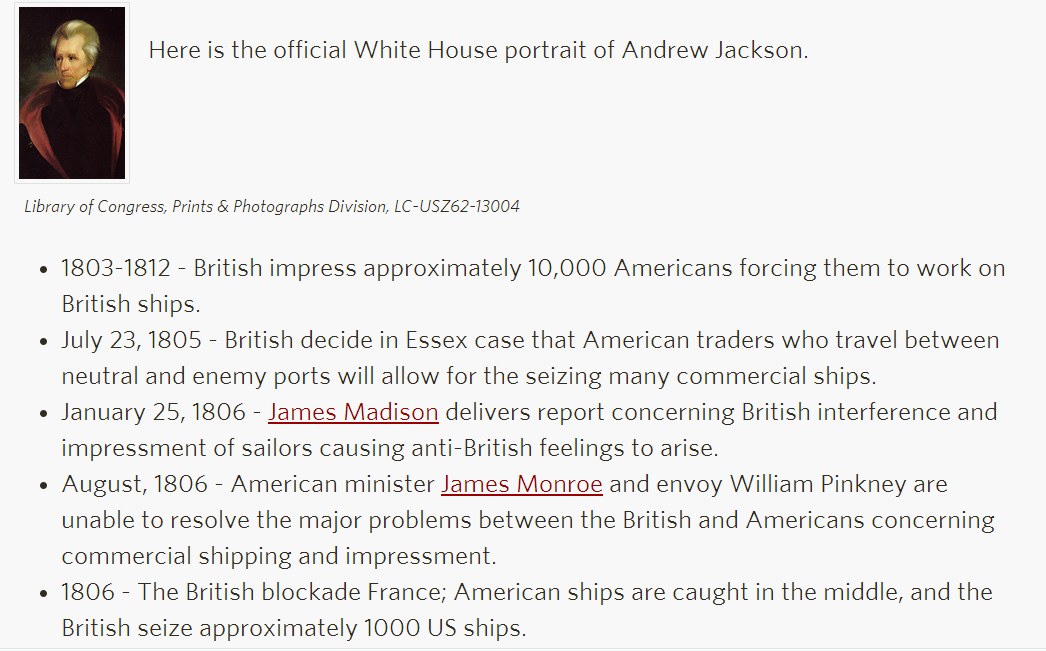Reading is far to often a challenge for learners. Though they may be able to pronounce, identify and understand the words on the page, true literate reading in which learners are able to create meaning and understanding from text is a complex task. Schools are inundated with reading programs the majority of which are designed around traditional paper bound texts or printed sheets.
However, more and more often educators and learners are turning to digital formats for classroom and homework reading. Digital media represents a cost effective and open system that allow learners access to their own interest as well as a wealth of content information. That torrent of information can quickly become an impenetrable labyrinth for learners of any experience level. Finding good and reliable tools and strategies to aid learners is made more difficult when services close down or change pay structures making them unusable.
There are a few reliable strategies that make all of this manageable for both educators and learners. Learners need to develop sound search strategies. Google Power Search is an open course that demonstrates many of the lesser known capabilities of what the Google Search page can do for learning. Specific searches such as Google Scholar bring academic and professional research to younger learners and give them access to content experts.
Good search techniques can bring learners to the information that they need, but once there new digital literacies begin to effect a learners ability to deal with that information. Learners are quickly confronted with not only the text but multiple images, videos, colored links and advertisements specifically designed to draw there attention and pleading them for a mouse click. As learners hyper-navigate their way from one link to another they begin to use up valuable class and study time clicking and scanning without making good judgments about the accuracy and value of the content of the sites that they are visiting. Collecting and curating information amid all the distractions is vital to developing good digital reading techniques. Educators promote quite distraction free environments and good note taking or reading journals for learners while the read printed texts. Those same strategies are also important to digital reading.
 |
| Before Readability |
 |
| After Readability |
Bookmarking, markup, and notebook software digitizes this important digital reading process. When reading online it is vital that learners become good curators of information. Organizing resources for learning so that they may return to them for later is an important strategy for digital reading and learning. There are several good digital notebook services online including Evernote and Springpad each with web clipping tools that allow learners to tag and collect information directly from websites to a personal notebook. Sringpad has an additional social aspect that learners find useful in which they can send invitations for whole notebooks or individual notes to other learners or they can make them public and can create online discussions around content ideas, issues, or problems. Both services are user friendly enough to grow with the learner. Regardless of educational level anyone can benefit from learning and developing digital reading strategies.
The simple truth of reading online is that there is too much information for anyone to take in all at once. Learners must learn to read in a multidemensional format that allows them to navigate deeply into the text at the touch of a button. Young learners must read with a skeptical mind and to dig for detail, never assuming that the first link from a search engine is the best or most effective answer to their person content questions. They must learn to collect and curate information and to process it into their own creation while giving credit to those sources that made their work possible. As learning become more social in the 21st century digital notebooks and collection of information will become the new currency of the digital realm. Are we readying learners to profit from this?
